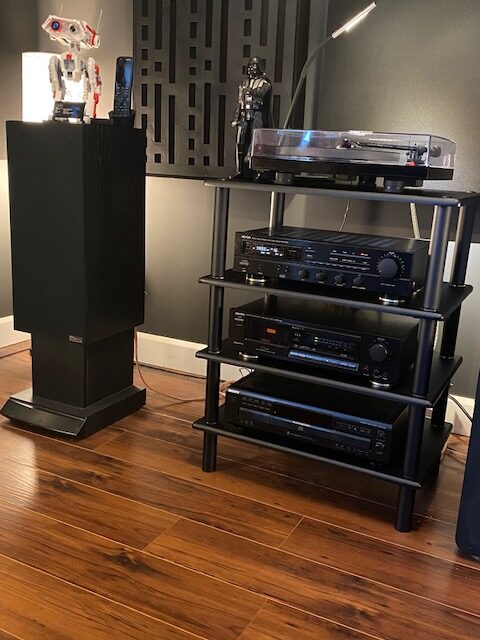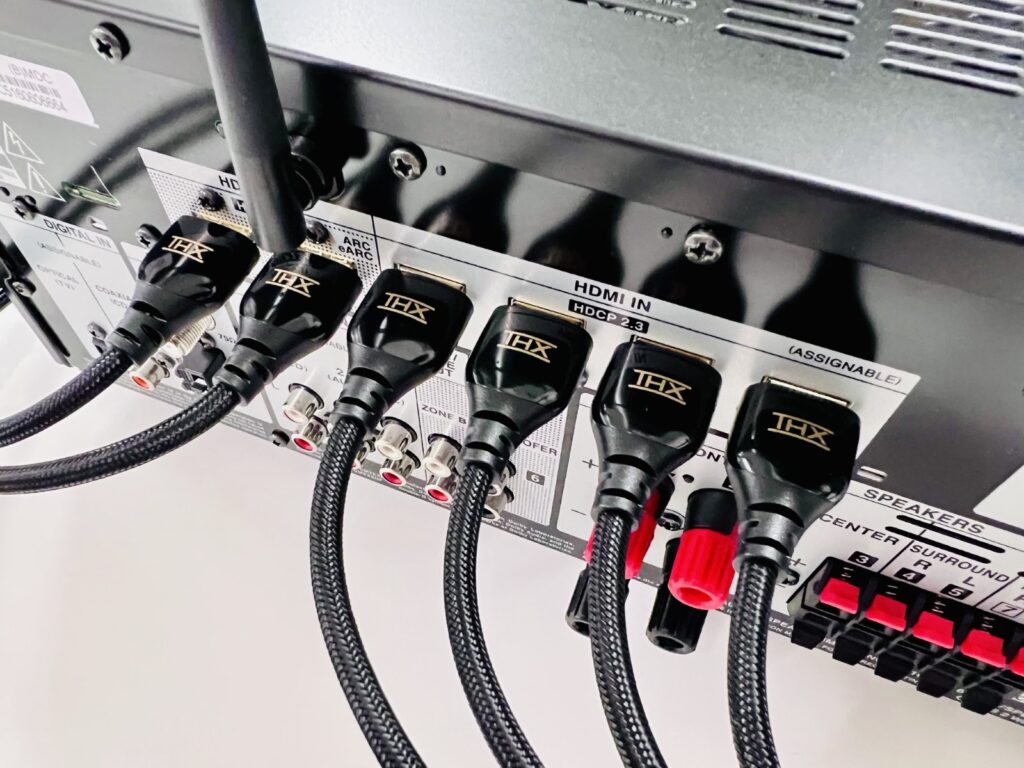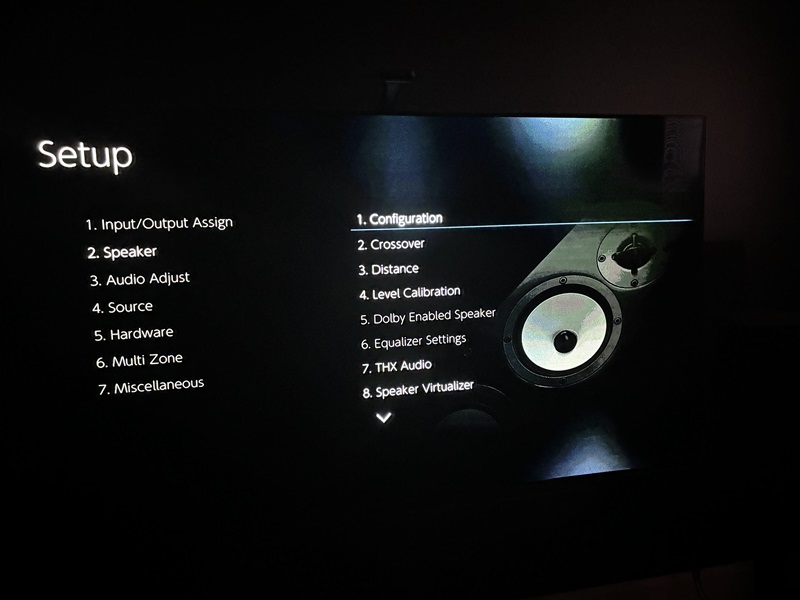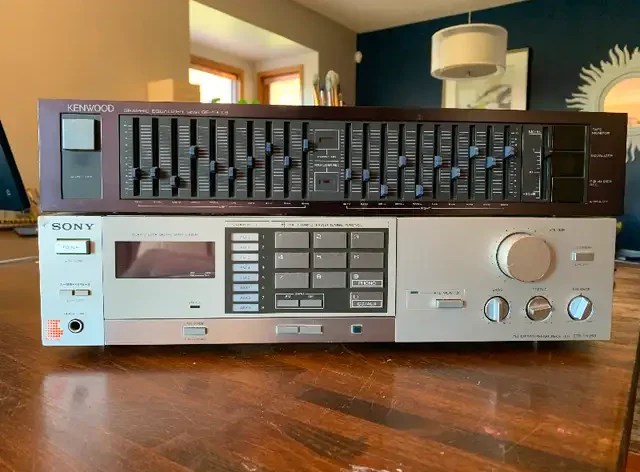Is Older AV Gear Really Better?
“Back in my day, we didn’t have no fancy AV gear and we liked it!” Ok, gramps, settle down, we get that you don’t like change! If you subscribe to certain forums, AV gear ceased being good in the ’70s to early ’80s and everything else is just black plastic crap. Older AV gear sounds better, right?! It was built to last and 15W of 1970’s power is equivalent to 250W of today’s crap! Was it really, or are we clouded by nostalgia and Big Forum trying to manipulate us? Is older AV gear really better? Let’s discuss!
Vintage Vs. Old – What’s The Difference?
Let’s get this one out of the way. Vintage is a subjective term in our hobby. If you ask 100 people, you will probably get 100 different answers. What do I think? I think that vintage implies some sort of quality mixed with a beloved design, and it maintains some value.
I browse the buy and sell sites (shocker, I know) and see lots of older gear for sale that varies wildly in price. When I see the term vintage, I see two streams. The first is stuff from the ’70s/’80s that has a distinct look. Think metal, wood, and chrome/silver color palates. Plus it’s made by well-established companies like Denon, Marantz, Onkyo, or Sony. The second is anything older than the ’00s with that distinct black plastic stack look, which is very nostalgic for us Gen Xers.

However, like I stated previously, “vintage” is subjective and lots of folks use the term to try and boost the price. Just cause it’s old doesn’t automatically make it better. My mom still has an old console stereo from the early ’70s. It was bad when it was new and it didn’t get better 50+ years later.
Are They Built Different?
One of the things I hear a lot is that older AV gear is built to last. After all, there are lots of ’70s and ’80s “vintage” receivers still going strong. That type of longevity would lend to the notion that older AV gear is better. However, we need to look at why that is.
Modern AV gear is full of circuitry with HDMI boards, DACs, video and sound processing, Wi-Fi and Bluetooth antennas, plus fancy displays on on-screen menus. Oh, and let’s not forget about room correction. Today’s AV receiver shares more DNA with a computer than ever. Some of this can fail and there are lots of examples of modern stuff dying really quick. Heck, I had a Denon die two years out of the box. I also had one last a decade, get sold, and it’s still going.

Compared to older AV gear with amplifiers, resistors, capacitors, and other very simple devices, there is less to go wrong. That same gear is also not capable of video switching and takes a lot of work and additional devices to connect to a modern setup. That doesn’t make older stuff better. Capacitors can bust and destroy nearby components. I had a vintage 5-channel amp from the late 80s that needed all the capacitors replaced because they were failing. That set me back $200. Had I not done that work, it would have been dead in the water!
Yes, I know that older gear is heavier and heavier automatically means better, right? The 1978 Ford station wagon my parents owned in the ’80s was heavier than my 2020s SUV, but in no world is the Ford better. We have learned to make things smaller and run cooler than their vintage counterparts. That’s called innovation. If it makes you feel better, some manufacturers put weights in their modern AV gear to give a sense of quality. Instead of, you know, making it better!
But It Sounds Better, Right?
If by “sounds better” you mean worse, you are correct. I hate when enthusiasts wax poetic about the components of yore. How they sound more warm, and dynamic than by the cold standards of today. What you are hearing is inaccuracies and without any type of EQ applied. Or you are hearing components that are failing and need to be replaced.
Some companies from that era are well known for tailoring their amps and receivers to match a certain sound signature. And don’t get me started on a tube amp and their “warm and fuzzy” sound. Tubes wear down over time and fail. In no world could you consider them accurate. You can change their sound by changing to different tubes!
Plus, there is no room correction and very simplistic EQ, usually tone and bass controls. Sure, you are able to add a standalone EQ into most older gear. However, you are missing the point. We added EQs and adjusted our tone/bass because it wasn’t accurate or to our liking.
But All That Technology Is Easy To Mess Up
Ya got me there. It is much easier to mess up a modern AVR with its layers of menus. You can inadvertently change a setting that will mess up another setting. With older stuff, there are rarely menus. If there are menus, they are rudimentary. My old Denon integrated receiver had a loudness button, plus treble and bass knobs. If I didn’t like the way it sounded, I turned off the loudness control, or put the knobs back to the neutral position!

However, I can reset my AV receiver with a simple push of the button and start over. Heck, I routinely start from scratch to make sure that all my tinkering hasn’t messed something up.
Our Take
There is a lot of audiophile cred in having “vintage” gear. I can admit that I continually go down audiophile-esque rabbit holes all the time. Luckily, it never costs me a ton and I always seem to be able to recoup my money. However, older gear is rarely better than its newer counterparts, only different.
What most folks are chasing is nostalgia. I remember how amazing it was to watch Star Wars on my 28″ Sony CRT on VHS. The reality is that it was potato quality and I never want to go back to 4:3 again! Just because you remembered it sounding better didn’t make it better. Is older gear really better? Probably not!


